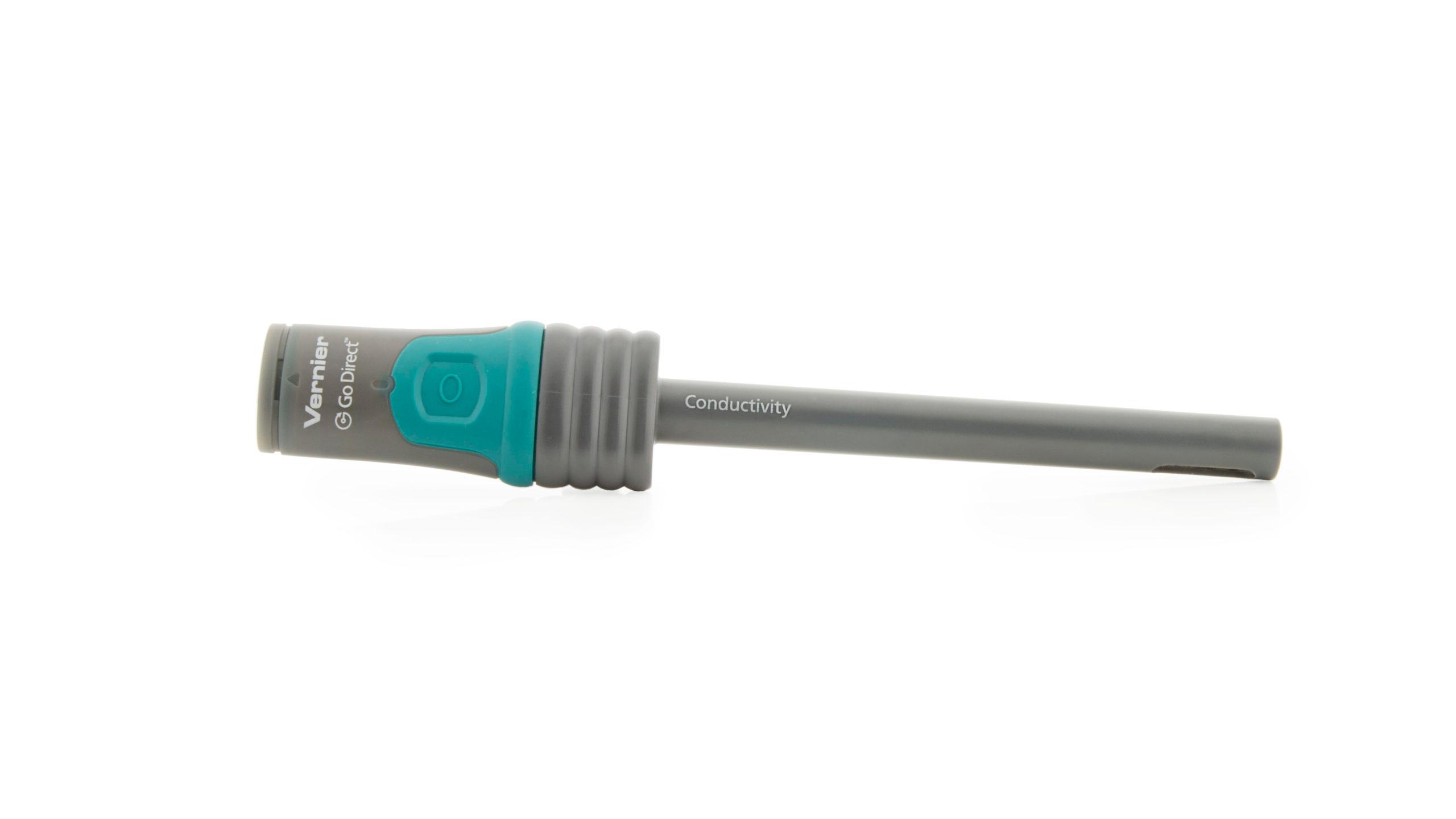Water Quality: Total Dissolved Solids
Experiment #13 from Earth Science with Vernier
- Subject
- Earth Science
Introduction
Solids are found in streams in two forms, suspended and dissolved. Suspended solids include silt, stirred-up bottom sediment, decaying plant matter, or sewage-treatment effluent. Suspended solids will not pass through a filter, whereas dissolved solids will. Total dissolved solids, or TDS, can be determined by using a conductivity probe to determine the ability of the dissolved salts and their resulting ions to conduct an electrical current. The conductivity is then converted to TDS.
The TDS concentration in a body of water is affected by many different factors. A high concentration of dissolved ions is not, by itself, an indication that a stream is polluted or unhealthy. It is normal for streams to dissolve and accumulate fairly high concentrations of ions from the minerals in the rocks and soils over which they flow. If these deposits contain salts (sodium chloride or potassium chloride) or limestone (calcium carbonate), then significant concentrations of ions will result.
TDS is sometimes used as a “watchdog” environmental test. Any change in the ionic composition between testing sites in a stream can quickly be detected using a probe. TDS values will change when ions are introduced to water from salts, acids, bases, hard-water minerals, or soluble gases that ionize in solution. However, the test described here will not tell you the specific ion responsible for the increase or decrease in TDS. It simply gives a general indication of the level of dissolved solids in the stream or lake.
There are many possible human induced sources of ions that may contribute to elevated TDS readings. Fertilizers from fields and lawns can add a variety of ions to a stream. Increases in TDS can also result from runoff from roads that have been salted in the winter. Organic matter from wastewater treatment plants may contribute higher levels of nitrate or phosphate ions. Treated wastewater may also have higher TDS readings than surrounding streams if urban drinking water has been highly chlorinated. Irrigation water that is returned to a stream will often have higher concentrations of sodium or chloride ions. Acidic rainwater, with dissolved gases like CO2, NO2, or SO2, often yields elevated H+ ion concentrations.
If TDS levels are high, especially due to dissolved salts, many forms of aquatic life are affected. The salts act to dehydrate the skin of animals. High concentrations of dissolved solids can add a laxative effect to water or cause the water to have an unpleasant mineral taste. It is also possible for dissolved ions to affect the pH of a body of water, which in turn may influence the health of aquatic life. If high TDS readings are due to hard-water ions, then soaps may be less effective, or significant boiler plating may occur in heating pipes.
Objectives
In this experiment, you will use a conductivity probe to measure the total dissolved solids in a water sample.
Sensors and Equipment
This experiment features the following sensors and equipment. Additional equipment may be required.
Ready to Experiment?
Ask an Expert
Get answers to your questions about how to teach this experiment with our support team.
- Call toll-free: 888-837-6437
- Chat with Us
- Email support@vernier.com
Purchase the Lab Book
This experiment is #13 of Earth Science with Vernier. The experiment in the book includes student instructions as well as instructor information for set up, helpful hints, and sample graphs and data.


